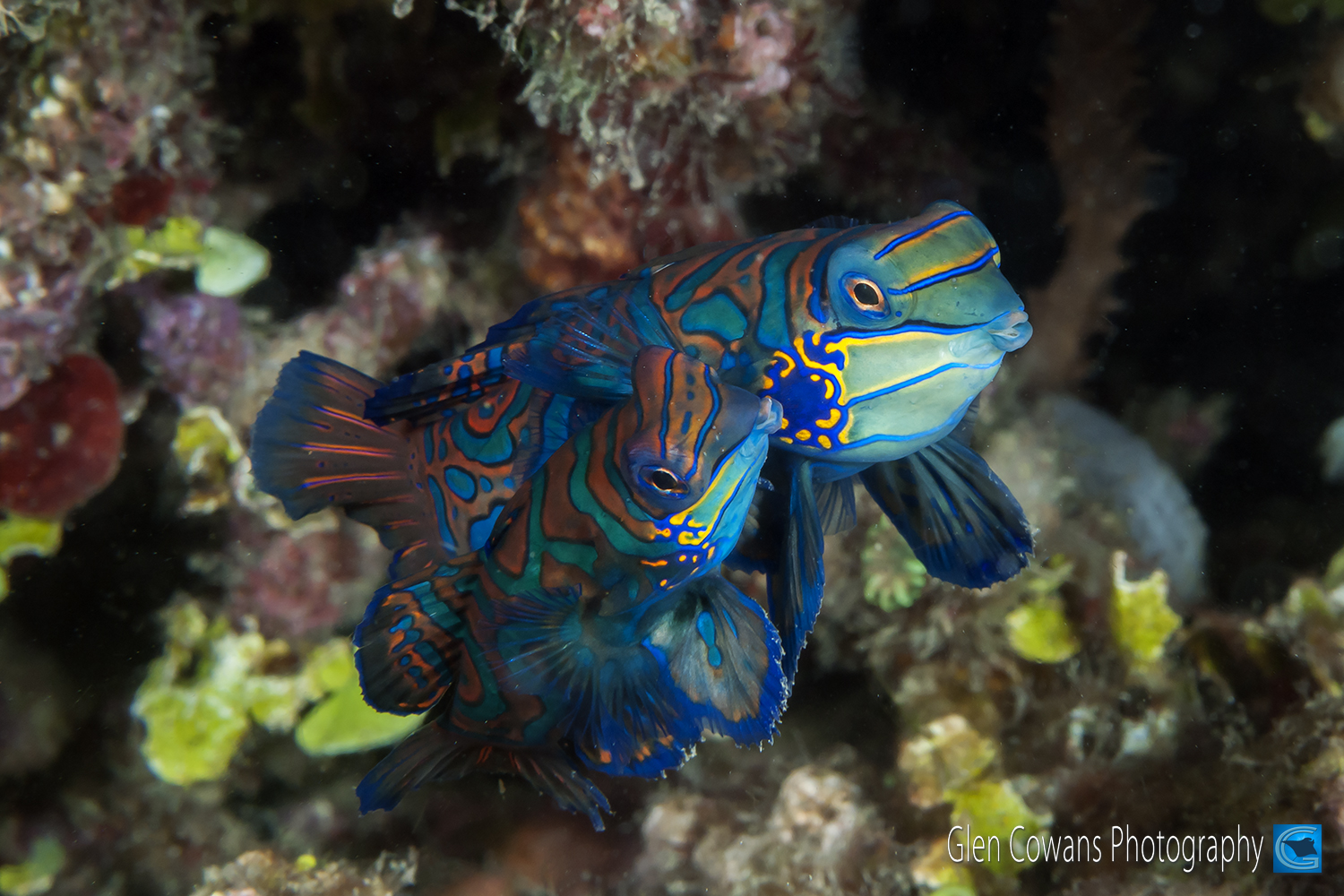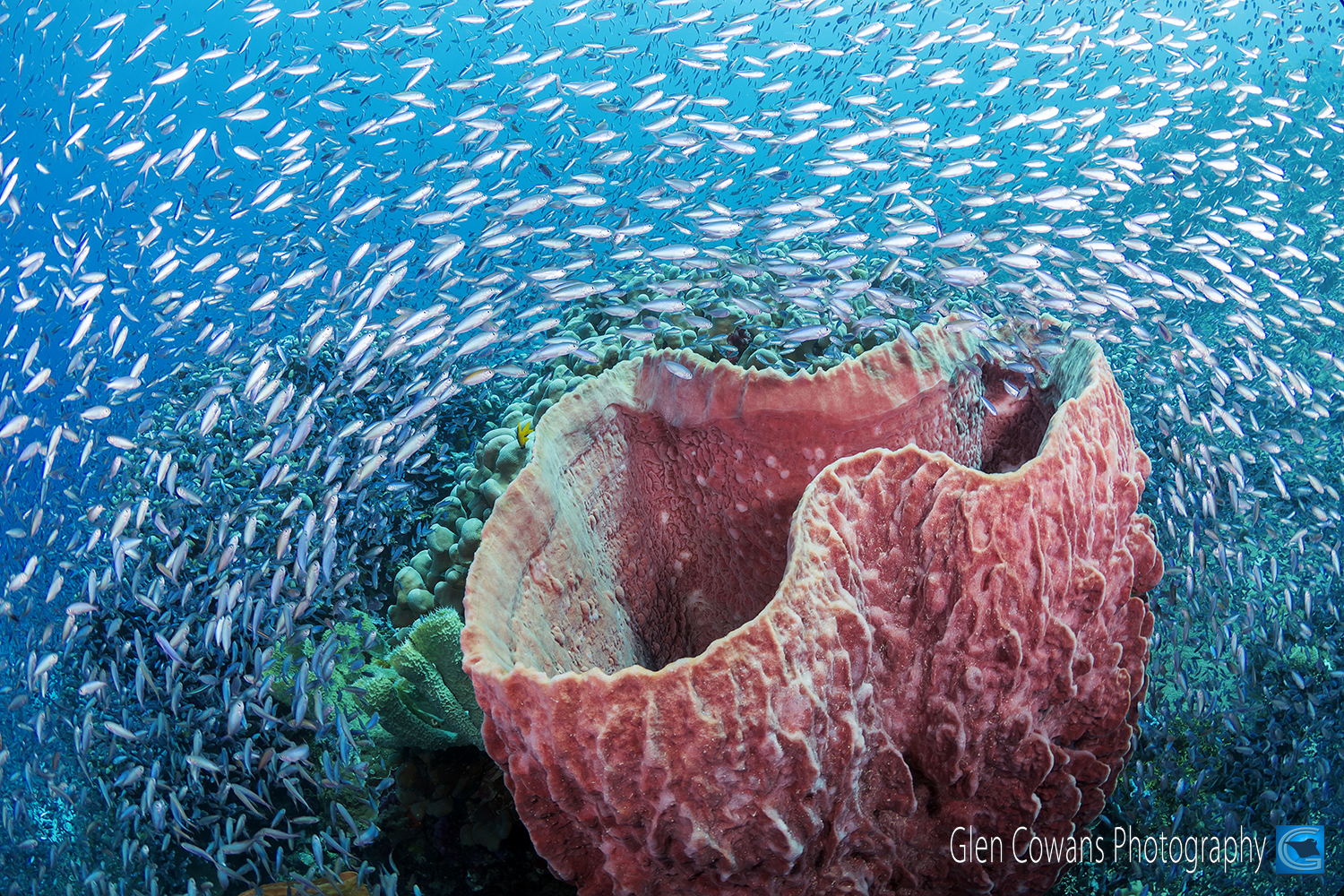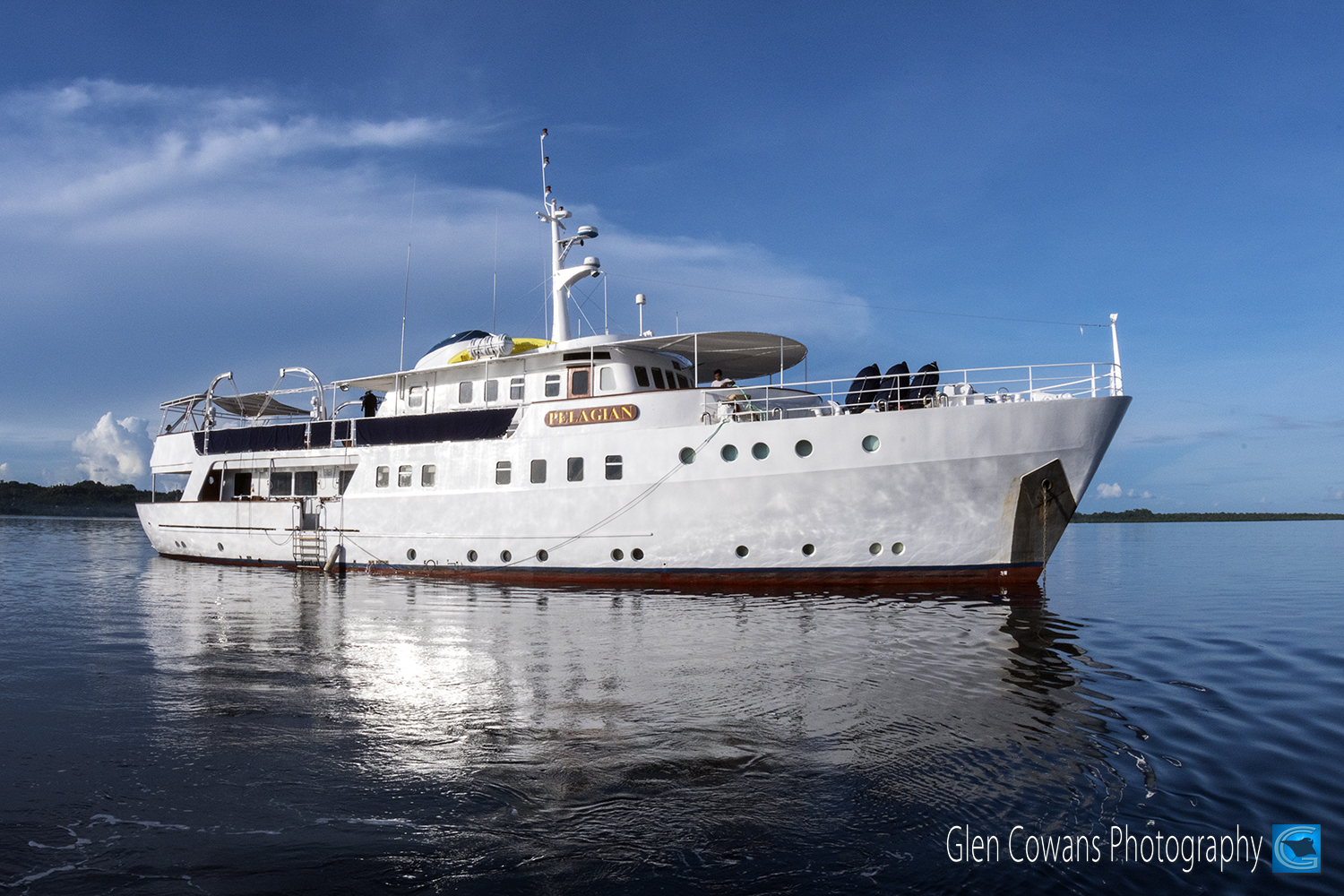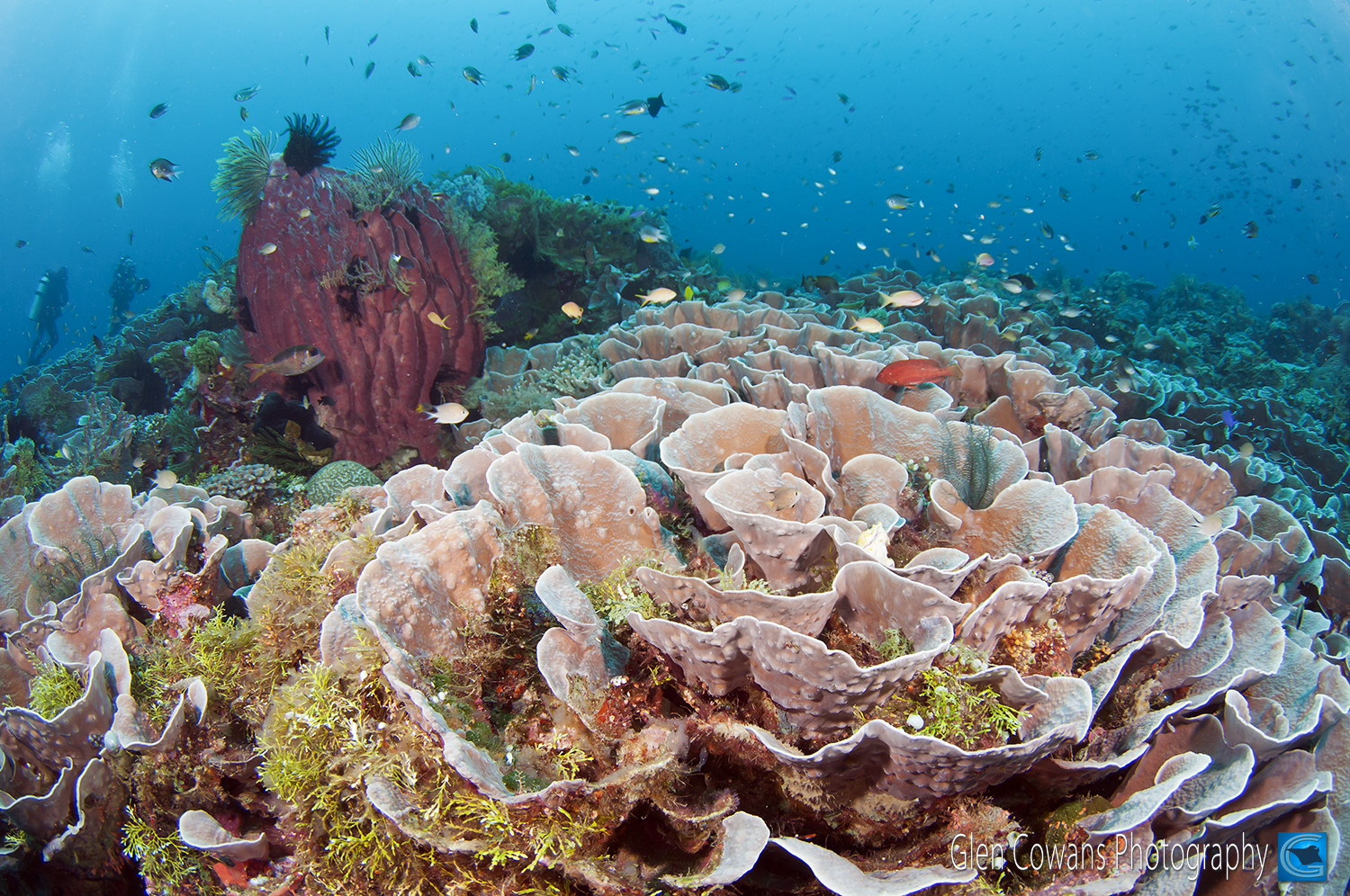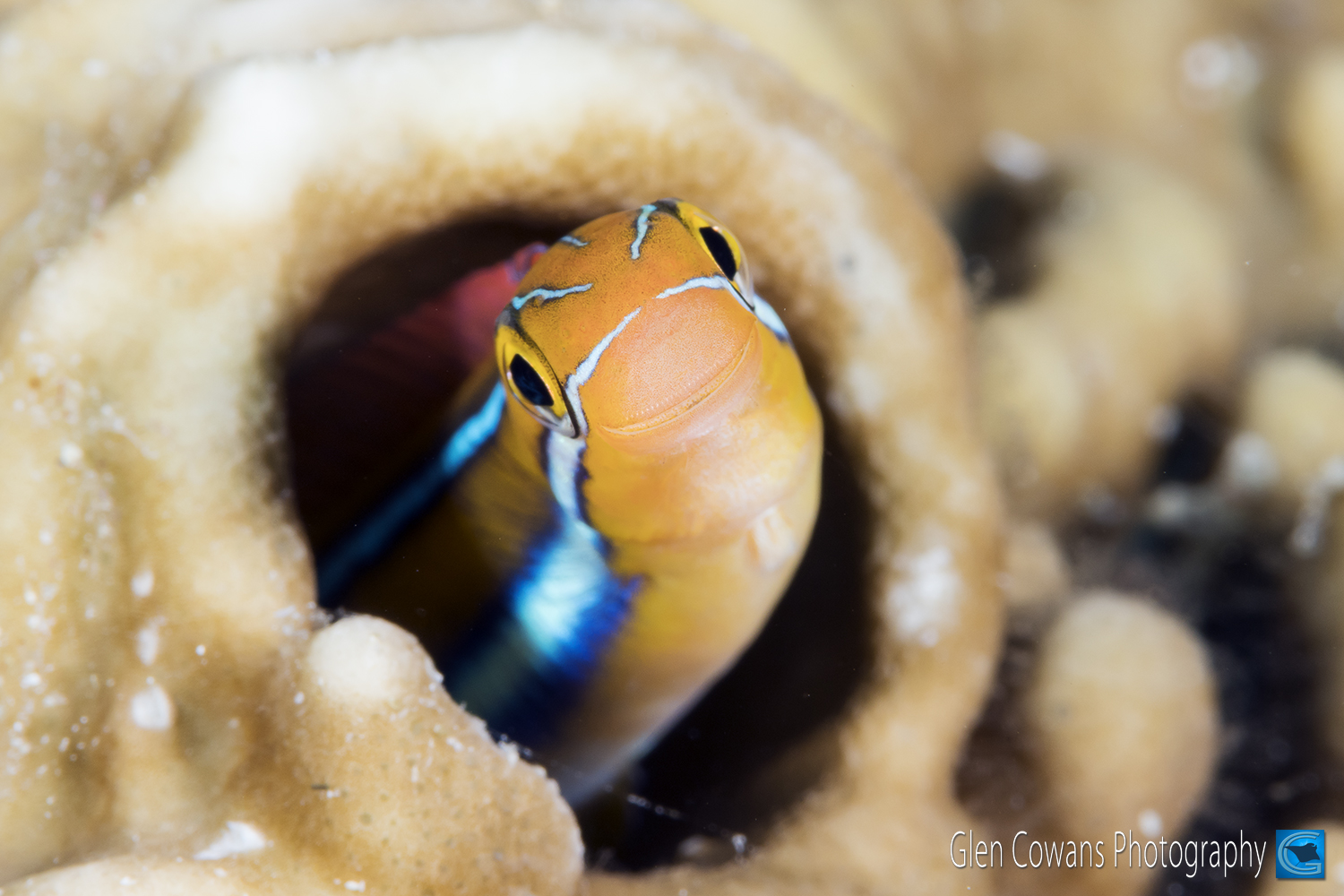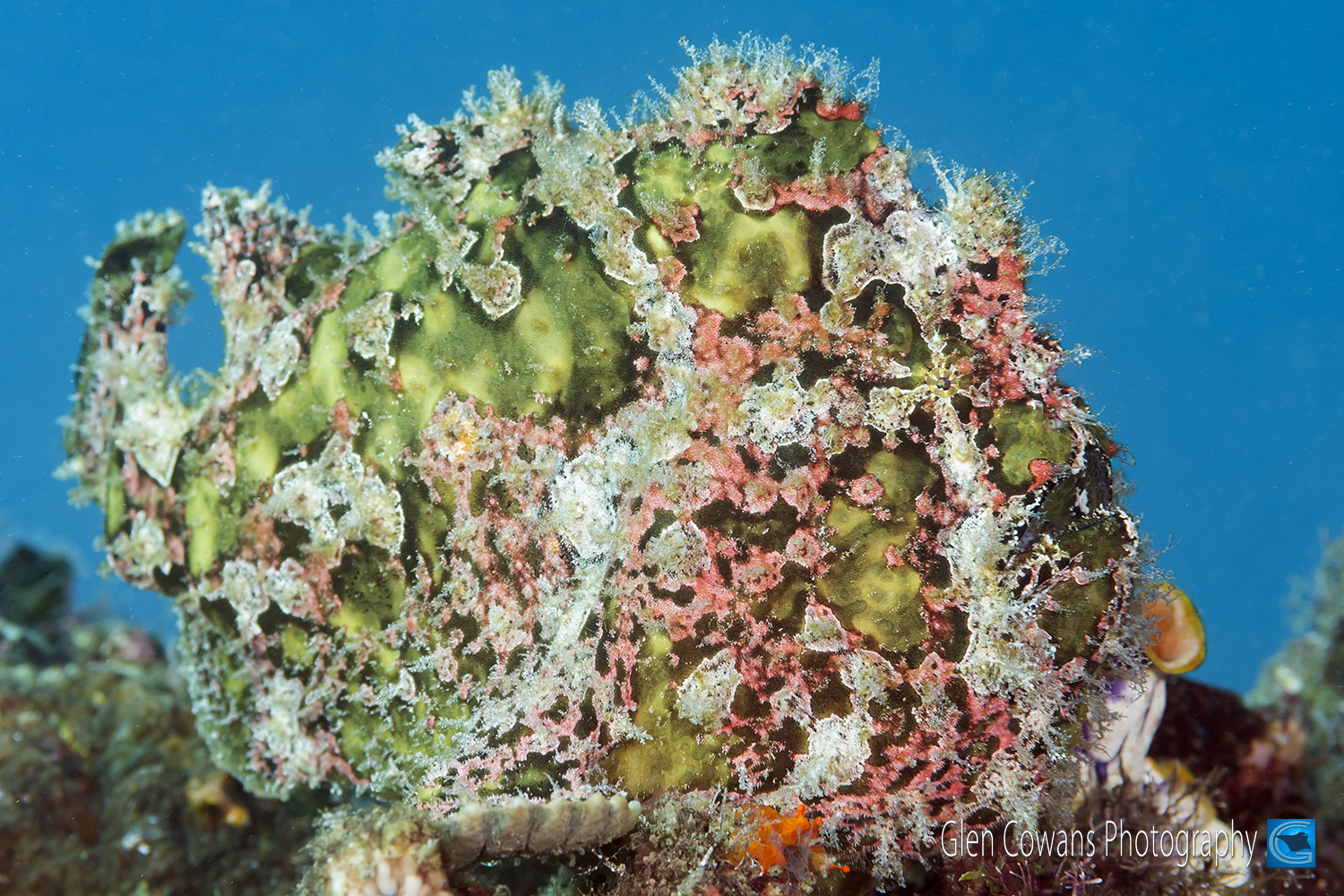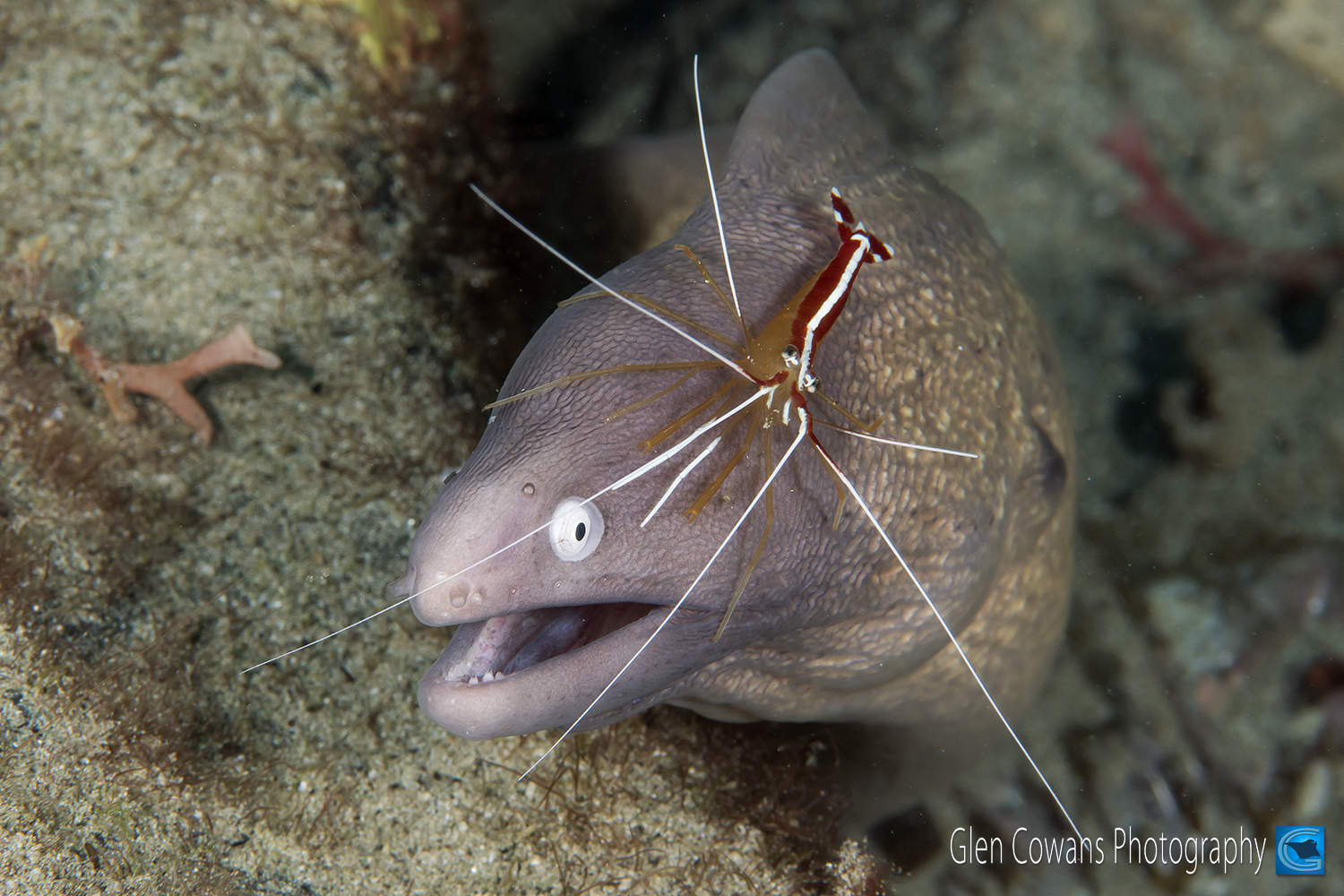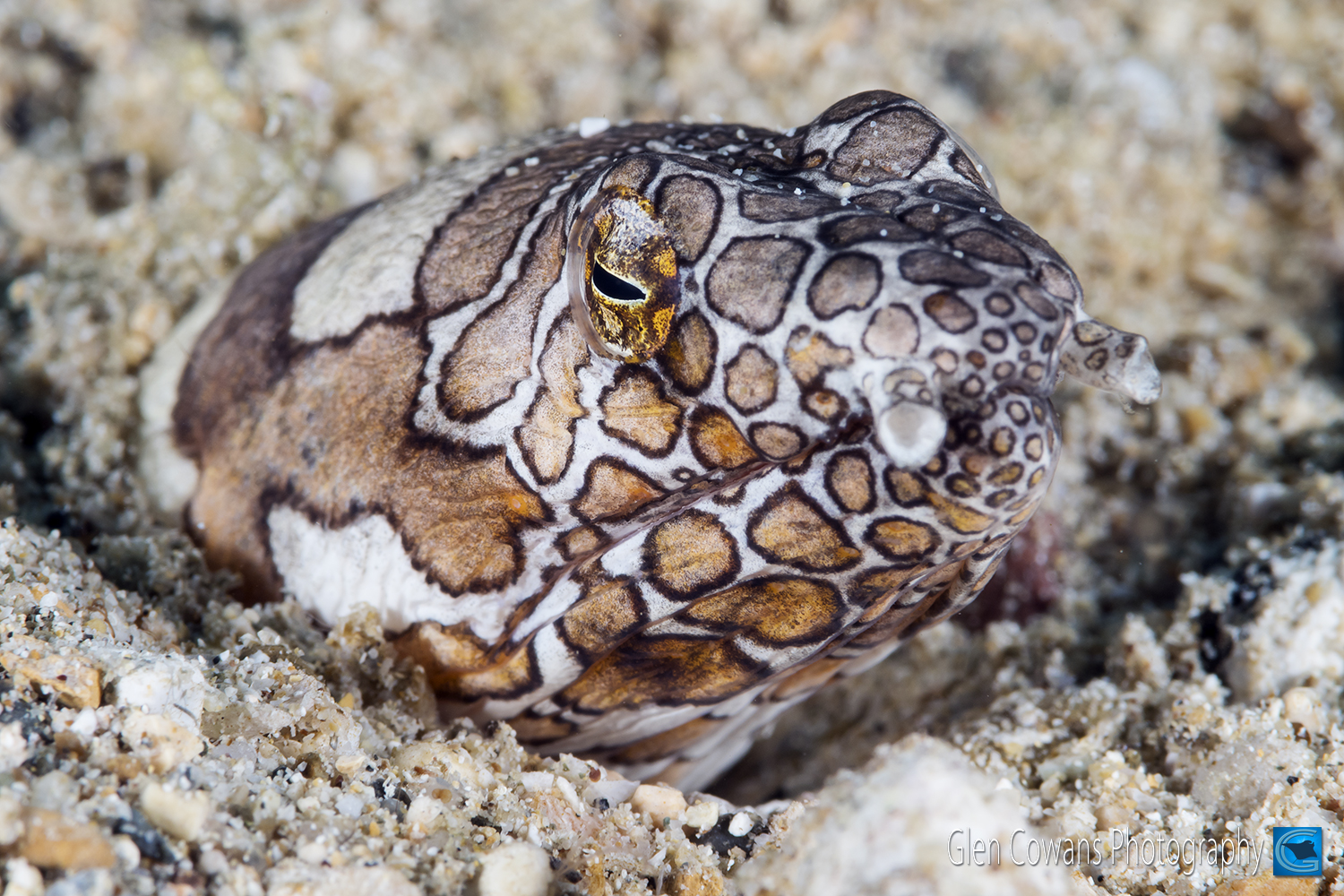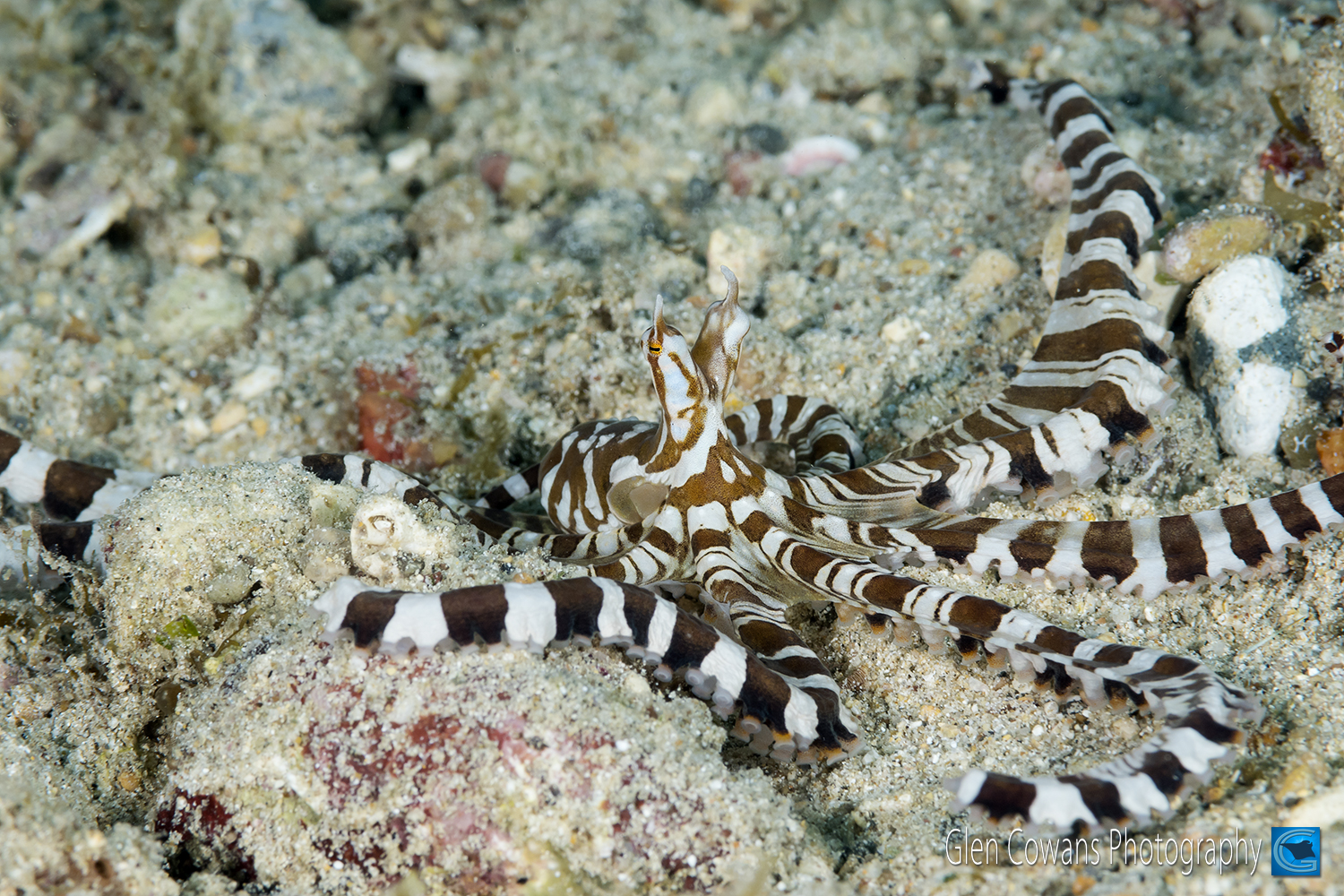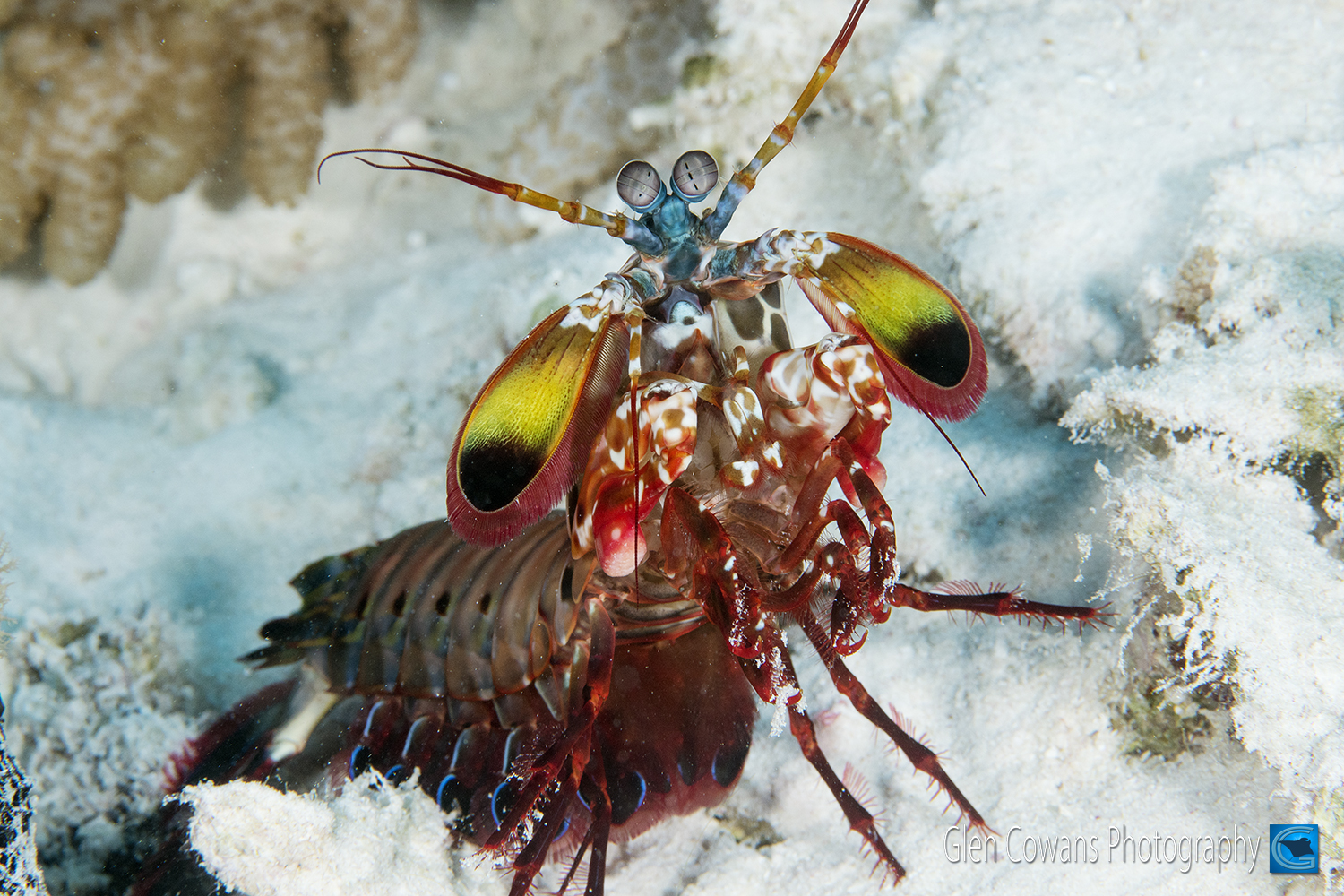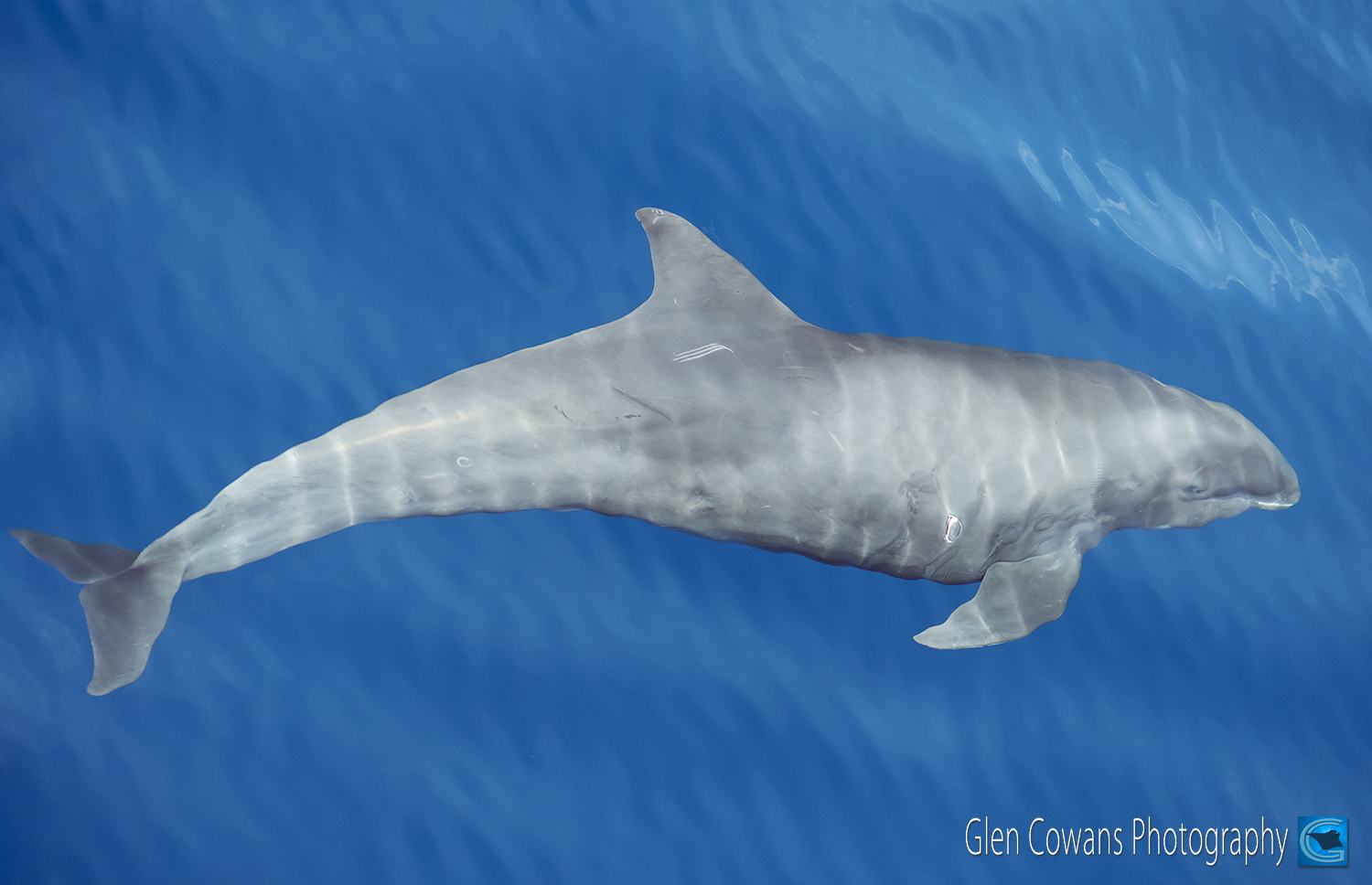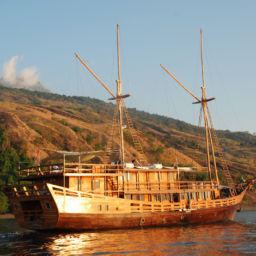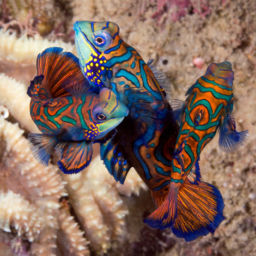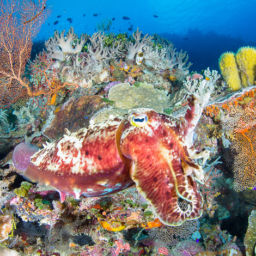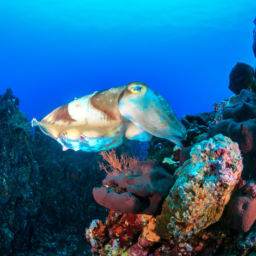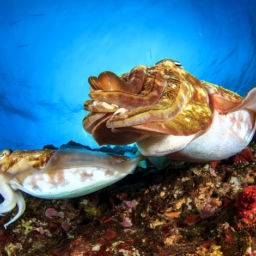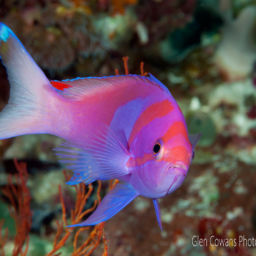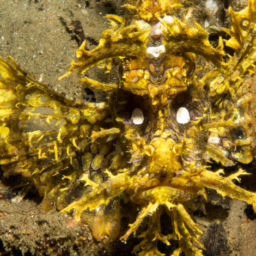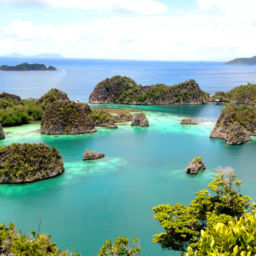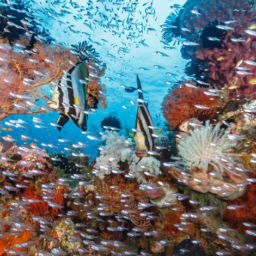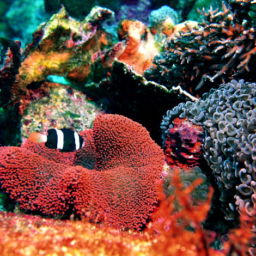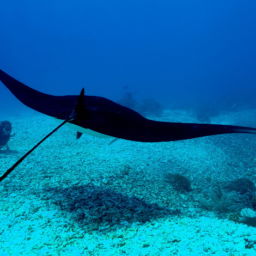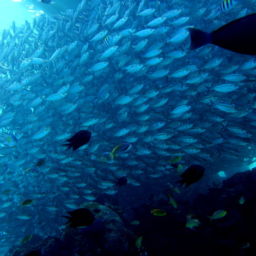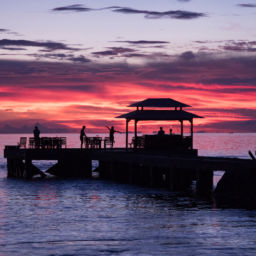Divers no longer need an expedition vessel to explore some of the most pristine reefs in the Indian Ocean. They can now hop on Wakatobi Resort’s direct charter flights from Bali to enjoy five-star comforts and easy access to the premier diving in the Wakatobi islands. And as an added attraction, there are cruises aboard the Pelagian. This luxury dive yacht takes in a broader swath of the region’s marine treasures.
Diving on the Pelagian
The Pelagian is a 115-foot luxury yacht, originally designed for a private owner. Wakatobi has converted it to accommodate a maximum of 10 divers in five spacious cabins. This not only provides guests with luxurious surroundings and personal service, but also ensures uncrowded cruising and diving. From a home base at Wakatobi Resort, Pelagian visits sites across the Wakatobi island group, venturing to south Buton Island as well. These week-long to 11-day itineraries take in a wide range of underwater habitats, from coral walls, pinnacles and slopes to shallow sand and muck-bottom bays, and reveals a kaleidoscopic menagerie of marine life.
Cruises begin with dives near Tomia island and the private marine reserve founded and funded by Wakatobi Resort. Here, the reefs are among the most colorful and pristine of any in the world. Soft leather corals carpet the tops and edges of the drop offs, and the steep walls feature incredible gorgonians and soft coral trees. Also in the area are incredible examples of large, rose-like turbinaria coral formations.
As the Pelagian moves farther afield to visit offshore pinnacles and remote reefs, it’s easy to get caught up in the big picture, as many sites offer dramatic topographies in clear water. But I’ve also learned to look for the small stuff. Pelagian‘s dive guides are experts at finding tiny creatures such as pygmy seahorses. Bargibanti and Pontohi are my favorite species, and it’s wonderful to watch these miniscule seahorses as they move from frond to frond of a gorgonian or a halimeda plant.
Another great source of small finds are the sea whips that cover the slopes and walls of many dive sites. Though passing divers often overlook them, these feathery corals are a haven for whip gobies and small shrimp. Capturing these small creatures can be a challenging exercise in macro photography, but they make for great subjects whether you view them with a camera or an underwater magnifying glass.
Pasarwajo Bay
I found the diving to be stellar at all sites the Pelagian visited, but the days we spent in Pasarwajo Bay intrigued me the most. The gentle slopes and concrete piers of this black-sand environment, seemingly barren at first glance, are a magnet for the weird and the wonderful. It isn’t an environment that immediately wows, but rather one that rewards those with patience and an eye for details. The very plainness of landscape seems to attract a kaleidoscope of the bizarre, and even with hours spend underwater each day, I never seem to have enough time to get all the shots I want.
Giant frogfish move along the bottom in seeming erratic fashion, using their pectoral fins like stumpy legs. They sometimes take huge gulps to pump water through their gills, creating jet-like propulsion that results in slow-motion leaps. You can find nudibranchs anywhere — on the sand, among the sponges, or on the concrete of the piers. Moray eels find the best spots among old tires, sponges and rocks. You’ll find them sometimes in twos and threes, and nearly always with cleaner shrimp attending their needs. Thumb-splitter peacock mantis shrimp, with their legs moving at warp speed, seem to hover in a dust wake of sand as they forage and hunt, occasionally stopping and flaring themselves out as if to say “don’t come near me.”
An always-interesting subject is a wunderpus octopus, which moves about like a knotted ribbon of stripes with a head. Divers will sometimes see one probing into holes in search of favorite foods, such as mantis shrimp. This blind groping sometimes results in a nipped-off appendage. But fortunately, the wunderpus can regrow a truncated tentacle in fairly short order. Once I witnessed one of these crafty little octopus turn the tables by on a mantis shrimp by hiding itself in a hole and waiting for the shrimp’s own curiosity to bring it closer.
Diving the Magic Pier
The absolute “must-do” night dive of a Pelagian voyage takes place under the Magic Pier in Pasarwajo Bay. This is an essential dive for all but especially for those who have never witnessed the courting dance and mating of mandarinfish. Dives begin at dusk, when the mandarinfish are darting around the concrete rubble of the pier and coral clusters. The males vie for the attention of a mate. Once a female chooses a suitor, the colorful pair align fin to fin and begin a slow ascending spiral. At the high point of their dance, they simultaneously release clouds of egg and sperm into the water. When they’re done, the fish dart back into the coral.
So far, I have visited Wakatobi Dive Resort and the Pelagian three times. Both the diving and the quality of the service always delight me. And now, as I write about the experience, I find I can’t wait to get back once again.
Need to Know
Electricity and camera equipment capability:
Both 220v and 110v outlets are available. There are large camera tables with storage shelves and compressed air, all inside a climate-controlled room. There are two separate rinse tanks purely for camera equipment.
Diving:
There are generally three dives per day plus night dives. All diving is from two inflatable tenders. Dives generally max out at 70 minutes, and nitrox is available.
Airport Transfers:
Wakatobi staff greets you at the international airport as you arrive in Bali. They will assist you to your hotel transfer, which you can organize through the resort prior to arrival. A one-night stay in Bali is recommend prior to your domestic flight. Wakatobi staff will notify you of the flight time the next day and subsequently assist you again through to your domestic check in the next day, as well as on your return flight to Bali after your stay.
Gratuity:
A gratuity is totally voluntary. If you wish to tip, base it on the quality of service you have received.


